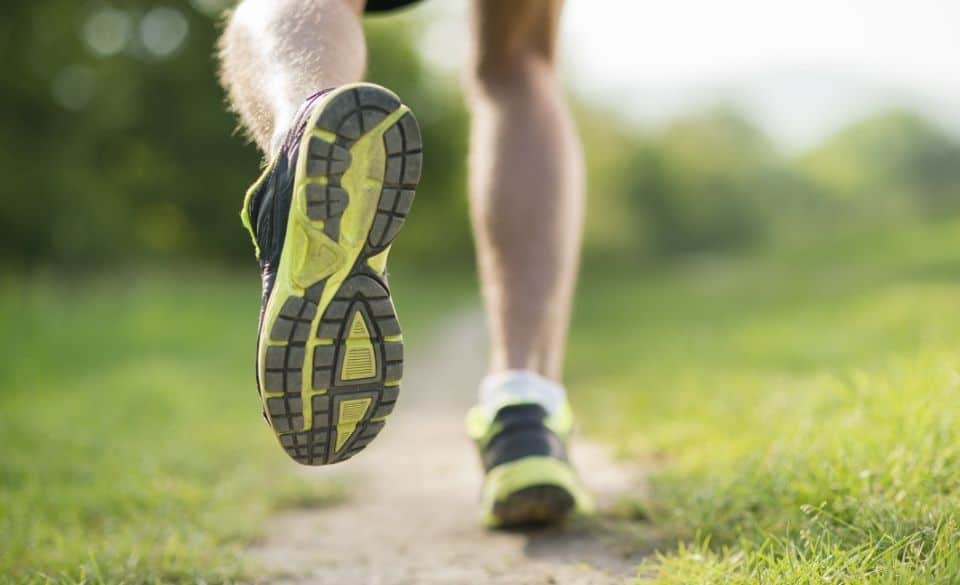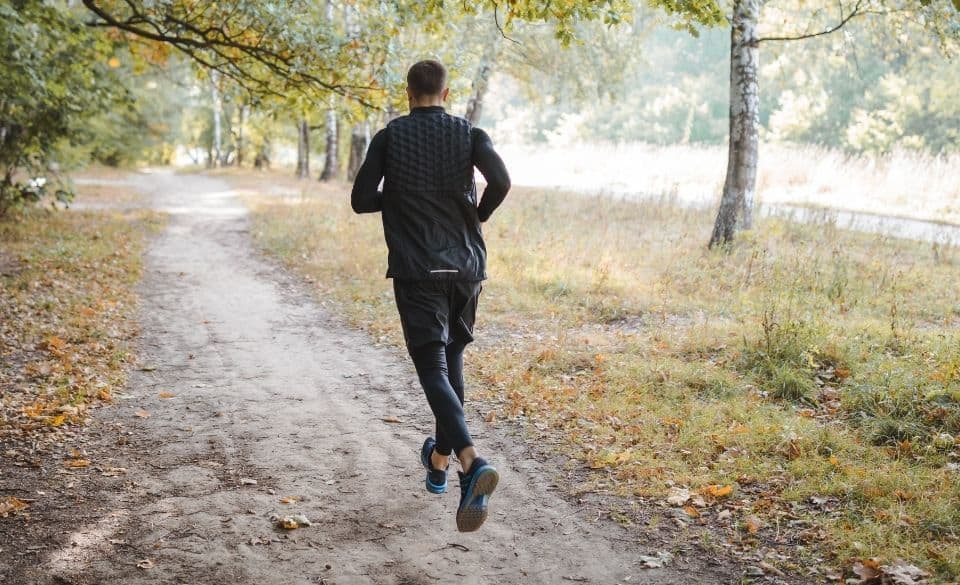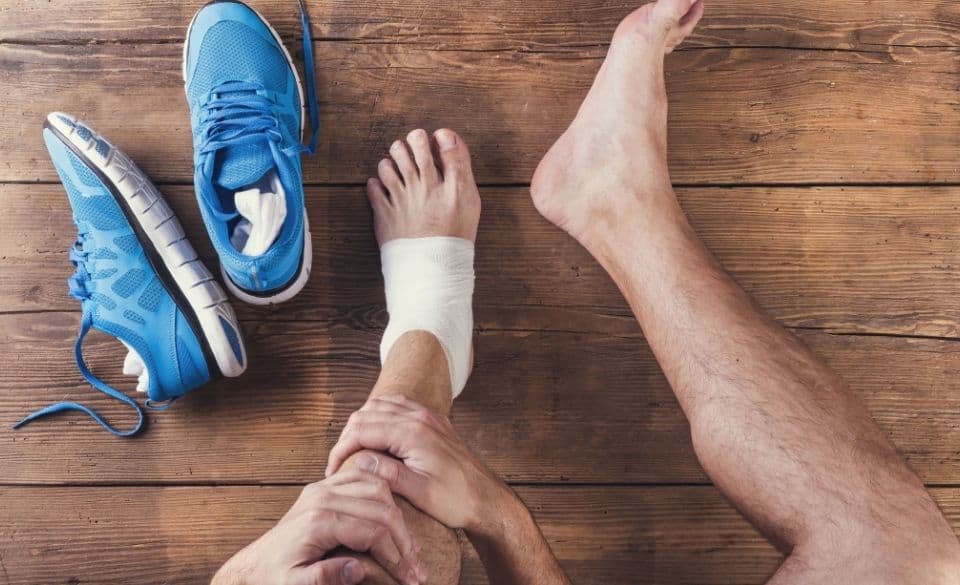
Favoring A Leg While Running – UPDATED 2021 – A Complete Guide
Page Contents
Structural or muscular imbalance is one of the biggest causes of injuries for a runner. Sometimes these imbalances can force you into favoring a leg while running, causing constant niggles and injuries that prevent you from training and even competing.
Leg-length discrepancies and muscular imbalances are the biggest cause of favoring a leg while running. In this article, we look at what to do if you think your favor a leg or think you have an imbalance between the two.
Favoring A Leg While Running? Here’s What To Do
If you feel like you are favoring a leg while running, there are a few simple steps you should take:
– Check running gait
– Measure leg length
– Check for any imbalances
Before you start guessing what is causing you to favor one leg, go see a running coach or physiotherapist so they can check your running gait. This can ultimately help you find out why you may be favoring one leg. Once you know the cause, you can start looking to strengthen that area.
Leg-length discrepancies are the biggest cause of favoring one leg. Because one leg is shorter than the other, the body naturally tries to compensate with the surrounding muscles. These muscles quickly get overloaded trying to keep the body’s mechanics in line when running. Thus affecting the lower back, hips, and glutes mostly.
So before you think about following a strength training plan, go to your local physiotherapist and have your legs measured. If you find one leg is shorter than the other you may need to use orthotics to help build up the shorter leg and realign the hips.
Alternatively, if you don’t have any major leg-length discrepancy, you may be struggling with a muscular imbalance instead. Seeing your physiotherapist can help locate any muscular imbalances and provide a strength training plan. In turn, helping to build up strength and mobility in the affected areas.

Unbalanced Running – A Complete Guide
Unbalanced running is caused by many things, not just muscle imbalance or leg-length discrepancies. It can be caused by a previous injury or tight muscles and overuse.
If you feel unbalanced when running, the first thing you need to check is your running gait or running style. Doing so can help you see if the hips, knees, or shoulders drop out of alignment when running.
The next step is to see a qualified physiotherapist that can help develop a strength program based on the gait analysis. Once you have started the program it is important to ease back the running while you start to regain strength in the affected areas again.
In summary, if you feel unbalanced running follow the simple steps below:
– Reduce running volume
– Get a gait analysis
– See a physiotherapist
– Follow strength and mobility program
– Slowly rebuild mileage again
Can Favoring One Leg Damage The Other?
When you favor one leg running, it’s not only that leg that gets affected. Hips come out of alignment during each stride, knees get overloaded, and the lower back needs to work harder to keep the hips aligned.
So in short, the longer you favor one leg the more stress you will place on the rest of the body. Therefore it is important if you are favoring one leg to visit a qualified physiotherapist before your hips, back, knees, start to bear the load.

The Risks of Overcompensating On One Leg
Like any injury, if you don’t distribute the weight or movements correctly, you place undue pressure on joints, tendons, and muscles.
While some sports such as cycling you may be able to get away with it for a while, running is a heavy impact sport, making it far more susceptible to injuries. This means once the load is too much for that leg to handle, injuries will start to appear.
These injuries noticeably appear in the lower back, knee, and hip areas caused by misalignment. And if you continue to run, these injuries can put you out for many weeks and even months.
How To Stop Favoring One Leg?
To stop favoring one leg when running, you first need to locate the cause of the problem. This can be checked by a running technique coach or physiotherapist. Once you know the cause of the issue, you can start to build a strength training plan to improve the strength of the opposing area. It is important during this time you decrease the running volume to allow the opposing leg to recover fully from the strength training.
Once balance between each leg and surrounding muscles have been restored, you can slowly start to build up the running volume again.
If it is a leg discrepancy then you may need to have some orthotics built to help compensate for the length difference before you start to look at any type of strengthening program.
Below is a list of single-leg exercises you can do to improve strength of a single leg:
– Marching Bridge
– Hip Thrust
– Hip Hike
– Front Step Up with Knee Drive
– Side Step Up with Knee Drive
– Pistol Squat
– One Leg Deadlift
– Hot Salsa



